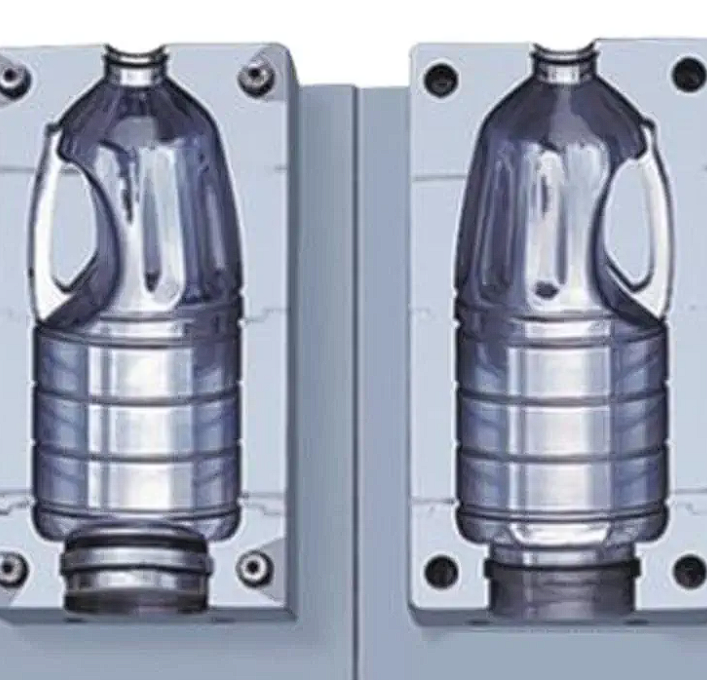Blow molds are delightful decorations, especially popular during the holiday season. These lightweight, hollow plastic figures can bring any yard or indoor space to life. However, one common problem with blow molds is keeping them from toppling over, especially in windy conditions. Let’s explore some simple and effective ways to weigh down blow molds so they stay put and look fantastic.

How To Weigh Down Blow Molds? Common Methods to Weigh Down Blow Molds
Using Sand
One of the least demanding and most normal techniques to burden blow molds is by using sand. This is the way you can make it happen:
Picking the Right Sand: You can use any kind of sand, yet play sand is a decent choice since it’s perfect and simple to deal with. You can find it at most equipment or home improvement stores.
Filling the blow molde with Sand: Most blow molds have a little opening or opening at the base. Just empty the sand into the opening until the form feels sufficiently weighty. You can use a channel to make this cycle simpler and less untidy. If the opening is excessively small, you could have to enlarge it cautiously with a blade, however, be wary not to harm the blow form.
Pros: Sand is modest, simple to find, and viable. It adds a lot of weight without occupying a lot of room.
Cons: Sand can be untidy, and on the off chance that the blow form has a release, the sand can pour out.
Using Water Loads
Another famous technique is using water to overload your blow molds. This is how it’s done:
Using Water Containers or Water Sacks: Fill plastic jugs or packs with water and spot them inside the blow form. This technique is especially helpful because you can change the weight effectively by adding pretty much water.
Filling and Getting the Water Loads: Just fill the containers or packs with water and seal them firmly. Place them inside the blow form through the base opening. Ensure they fit cozily so they don’t move around.
Pros: Water is promptly accessible, simple to change, and non-chaotic. Assuming that you want to move the blow molde, you can simply purge the water and top off it at the new area.
Cons: In chilly environments, water can freeze and extend, possibly harming the blow form. Likewise, on the off chance that the water holder spills, it can make a wreck.
Using Weights and Anchors
Assuming you want greater security, you can use loads and anchors. This is the way to make it happen:
Types of Weights: You can use different sorts of loads like free weights, blocks, or uncommonly planned loads for beautification. These are accessible at sports stores or home improvement shops.
How to Attach Weights Securely: Spot the loads inside the blow form through the base opening. On the off chance that the blow form has openings or handles, you can use ropes or bungee lines to safely join the loads more.
Pros: Loads give fantastic strength and are not difficult to use. They can be moved and changed depending on the situation.
Cons: A few loads can be cumbersome and probably won’t fit well inside more modest blow molds. They can likewise be costly if you don’t as of now have them at home.
Ground Stakes and Tethers
For open-air blow molds, ground stakes and ties are exceptionally compelling. This is the very thing that you want to be aware of:
Choosing Suitable Ground Stakes: Pick solid ground stakes that can hold the blow form safely. You can see these as garden focuses or tool shops.
Properly Positioning and Driving in Stakes: Spot the blow molde where you need it and imprint the spots for the stakes. Drive the stakes into the ground around the blow form and use ropes or bungee lines to tie the blow molde to the stakes. Ensure the ropes are adequately tight to keep the blow form set up however not so close that they harm it.
Pros: This strategy gives brilliant strength, particularly in blustery circumstances. It’s additionally flexible and simple to set up.
Cons: It very well may be a smidgen additional tedious to set up and probably won’t look as flawless if the ropes are noticeable.

Creative and DIY Solutions
On the off chance that you like to get inventive, there are numerous Do-It-Yourself arrangements you can attempt:
Utilizing Household Items: You can use sacks of rice, rocks, or even old socks loaded up with beans as loads. These things are generally promptly accessible at home and can be extremely viable.
Crafting Custom Bases and Platforms: You can make custom bases using wood or metal to accommodate your blow form. These bases can give a steady groundwork and add additional weight.
Combining Multiple Methods: Once in a while, using a blend of strategies can give the best outcomes. For example, you could use sand inside the blow molde and secure it with ground stakes outside.
Safety Considerations
While burdening your blow molds, security ought to constantly be vital:
Ensuring Stability in Varying Weather Conditions: Consistently look at the weather conditions figure and guarantee your blow molds are sufficiently secure to serious areas of strength to endure weighty downpours. On the off chance that serious weather conditions are normal, consider moving the blow molde inside.
Preventing Damage to the Blow Molds: Be mindful not to pack the blow molde or use excessively weighty loads, as this can cause breaks or other harm. Continuously handle the blow forms delicately.
Safe Handling and Maintenance of Weights: Routinely look at the state of the loads and anchors. Ensure they are not harmed or broken down, and supplant them if vital.
Final Words
Weighing down blow molds can seem tricky, but with the right methods, it’s quite simple. Whether you use sand, water weights, traditional weights, ground stakes, or get creative with DIY solutions, the key is to ensure your blow molds are stable and secure.



